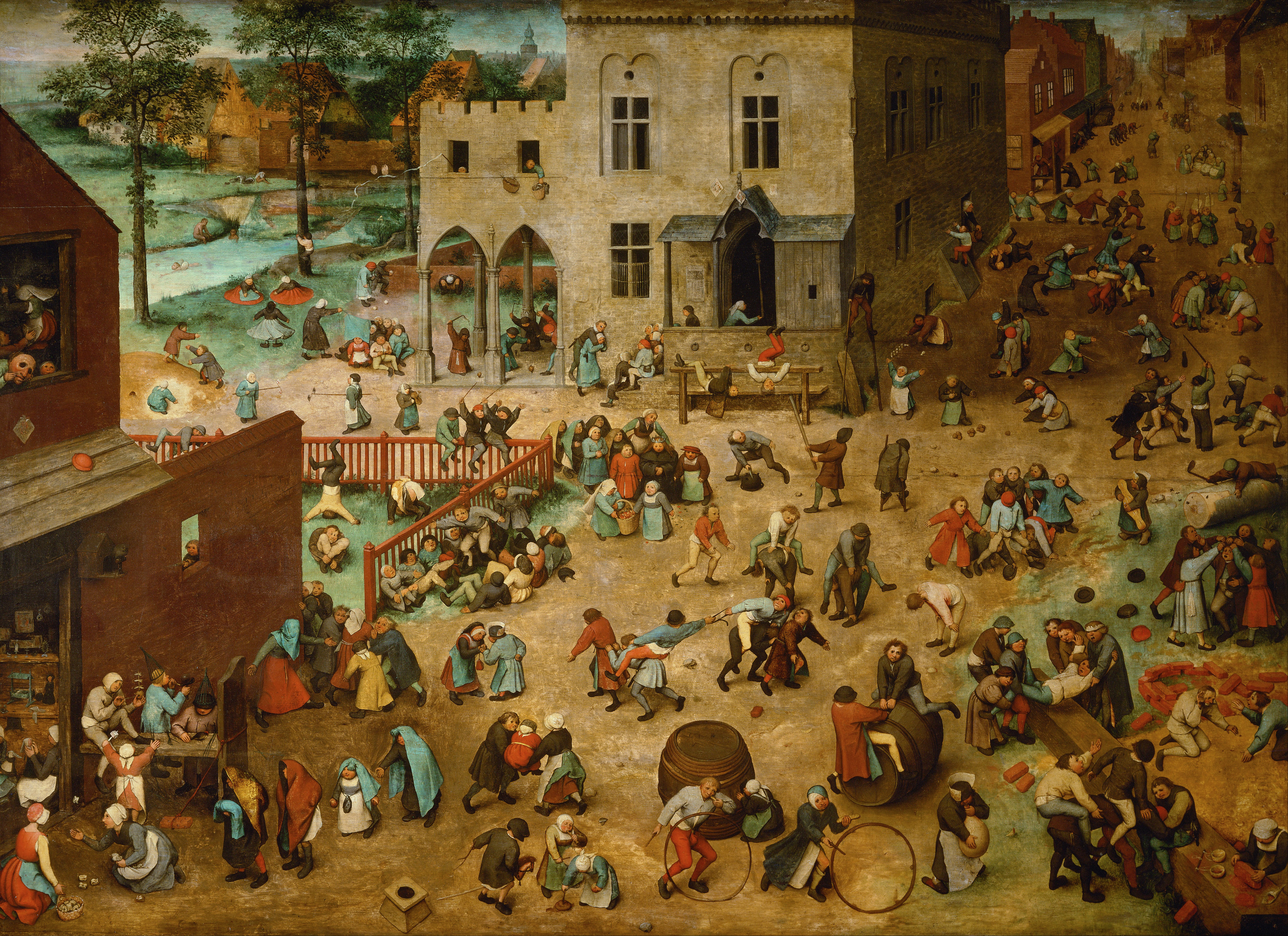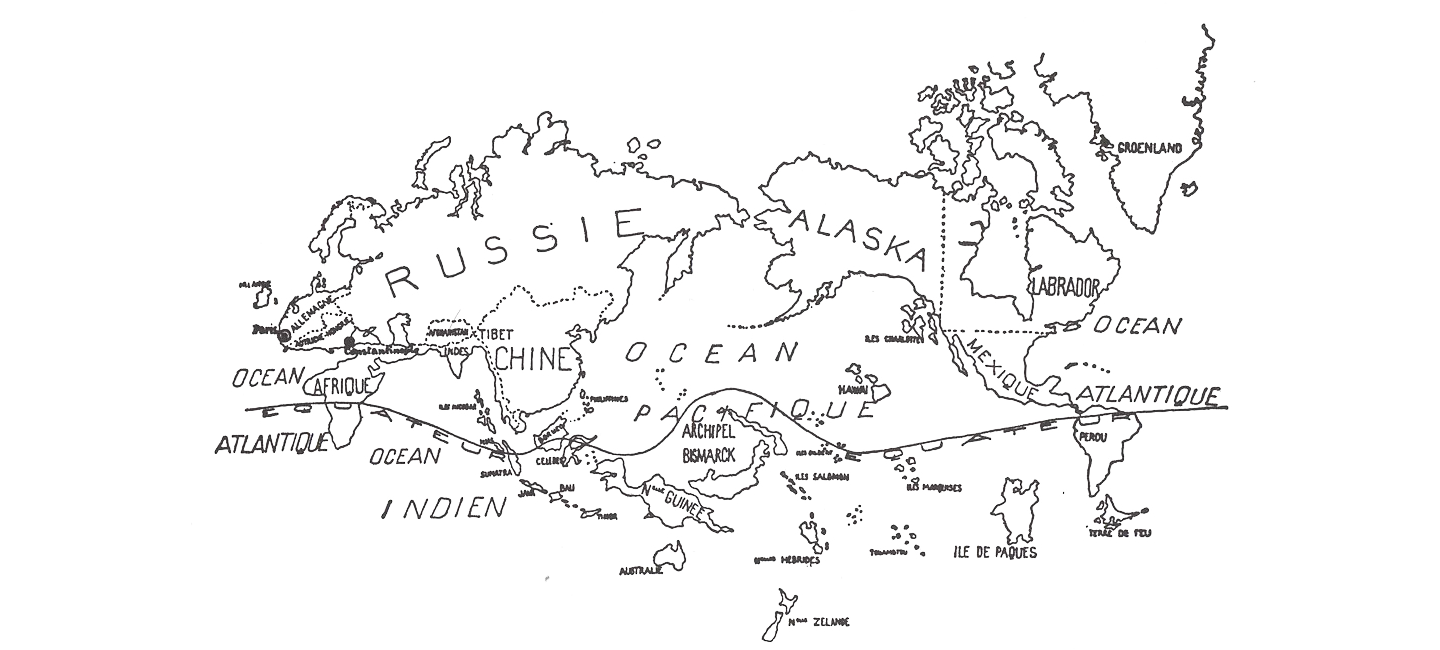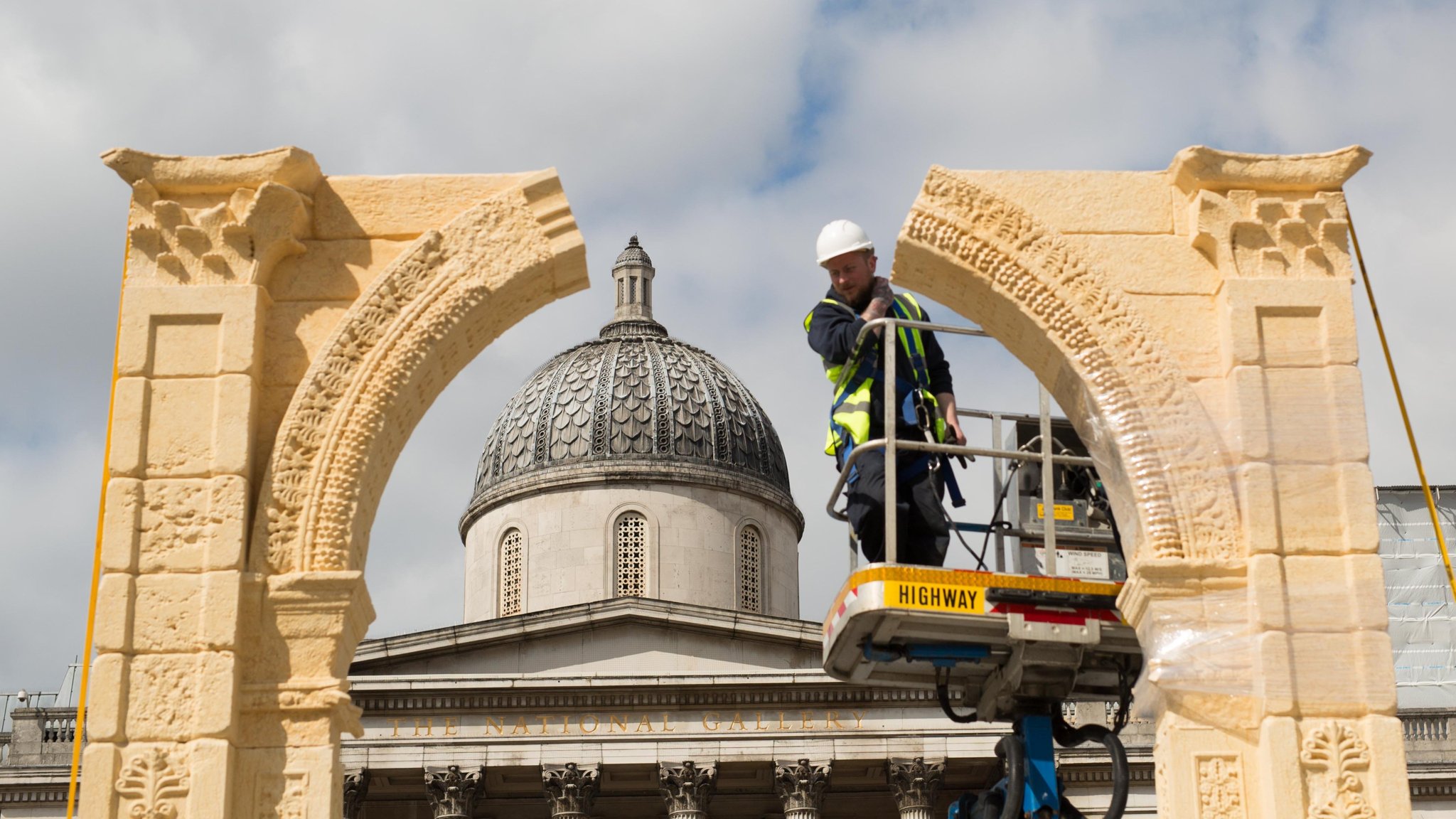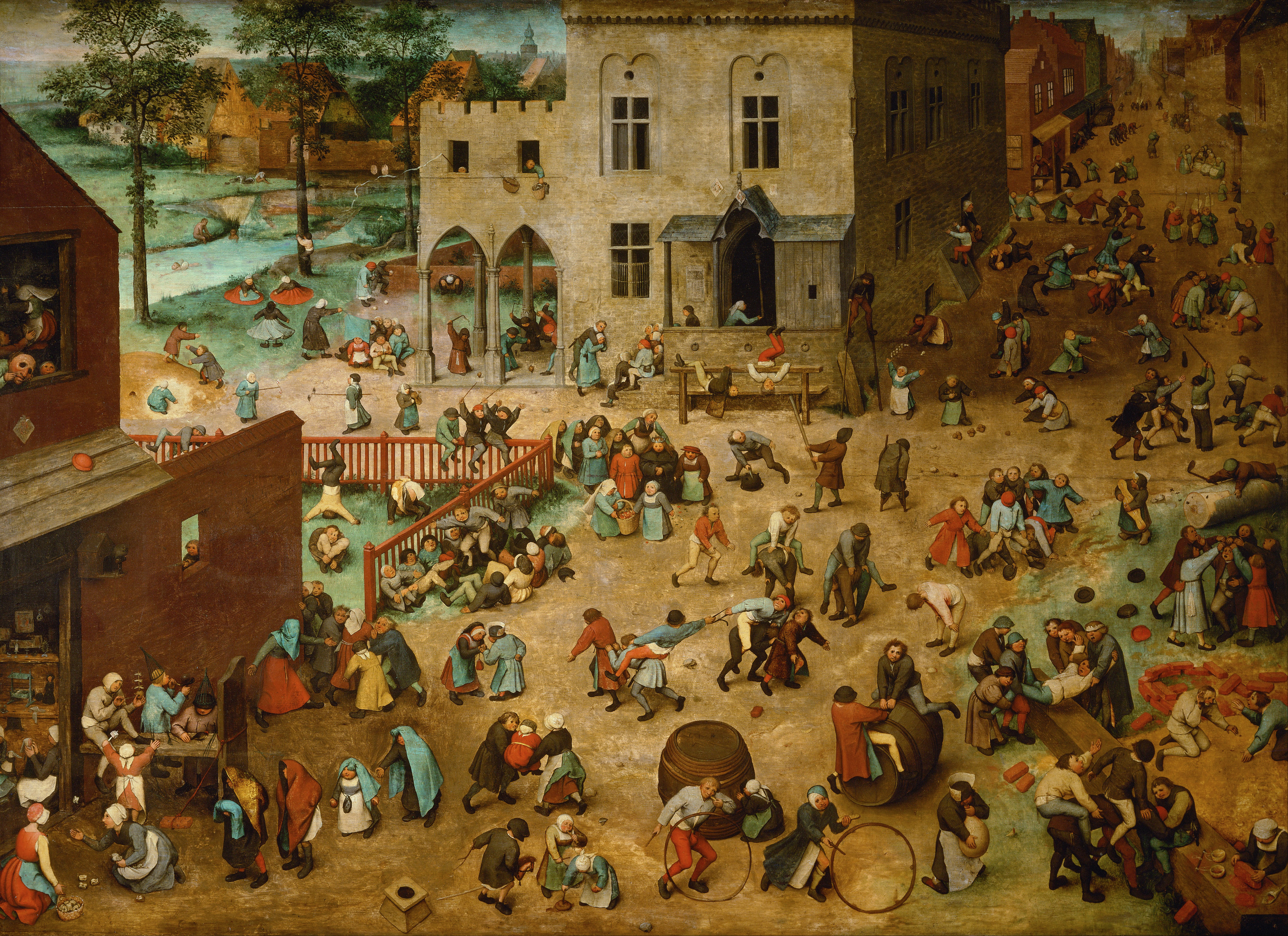Public space serves an essential role within civil society, and even in its classical form, it holds promise. Yet it is currently mutating into something monstrous, turning against the public it was designed for. And while the commons claims to provide for both itself and for others, it also risks to legitimize neoliberal precarity as policy. This leaves the public vexed, but not ignored. The commons should be believed in, just not depended on. What lies in between the history of public space and the notion of the commons is a frontier in the struggle for political equity and social equality. In order to imagine tomorrow, we should ask ourselves how is this struggle is being fought today, and where its battlefields lie.
Future Public is a collaboration between the New Museum’s IdeasCity initiative and e-flux Architecture for IdeasCity New York, 2017.





